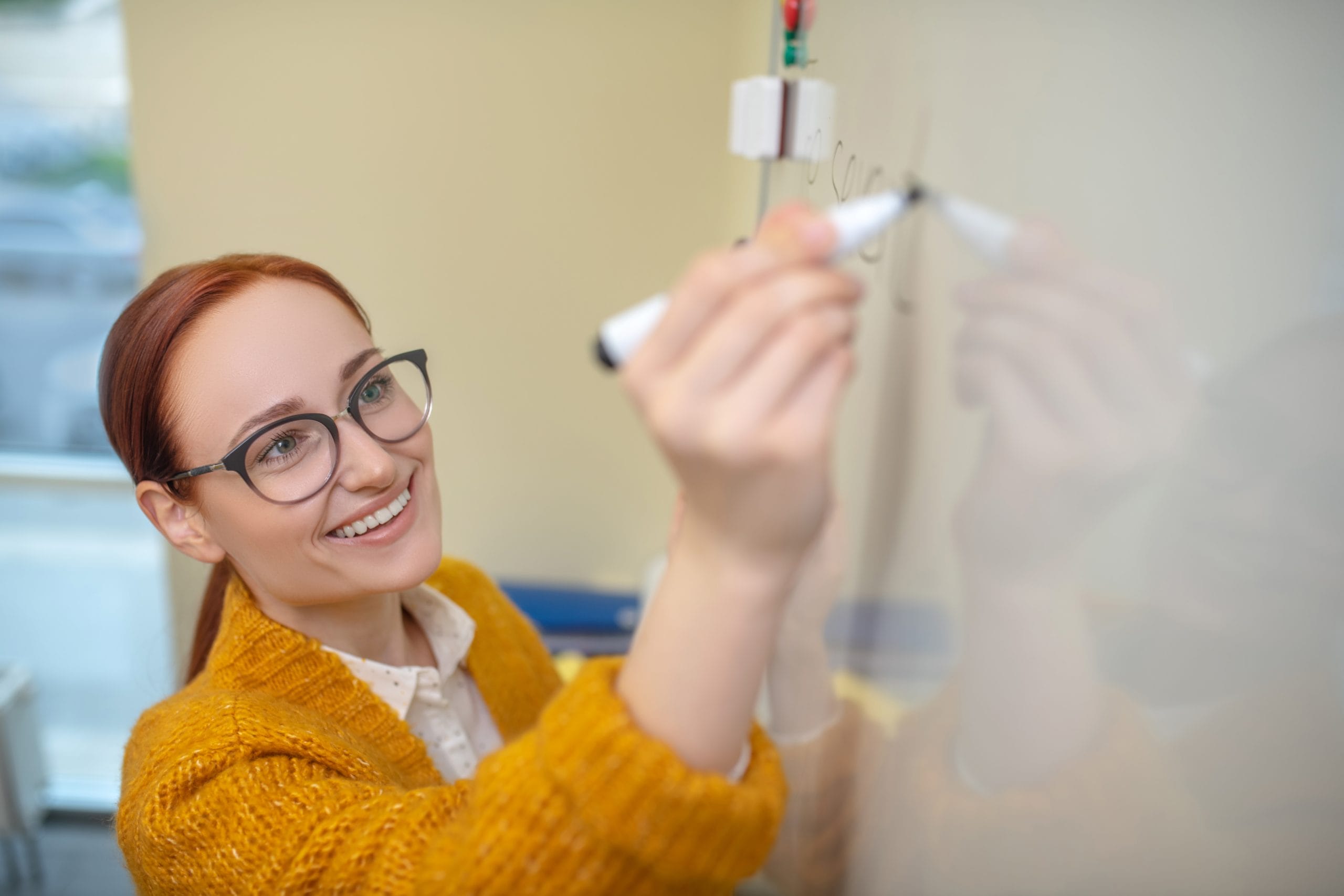
The positive impact of social and emotional learning (SEL) likely makes intuitive sense to most educators. When students understand themselves and have the skills to manage their emotions, make responsible decisions, understand others and build positive relationships, they are in a much better position to succeed in school and beyond the classroom.
If you prefer not to lean on intuition alone, there is plenty of evidence that demonstrates the influence of SEL. While most educators understand how beneficial SEL can be, it can be challenging to make it part of your everyday teaching.
To set you up for success, I invite you to consider five easy ways that you can create an SEL-friendly environment to support your students. While these recommendations can work in any classroom, I’ve also included two bonus tips for teachers who are familiar with Emergenetics®!
#1 – Add mindfulness exercises into your weekly routine.
Mindfulness activities amplify self-awareness by helping kids recognize how they are feeling in a particular moment. The exercises can also empower them to manage emotions and boost self-regulation. Try having a Mindfulness Monday where you practice one exercise that your students can use whenever they are feeling stress. Some examples include:
- Deep breathing – Take in a deep breath for four seconds, hold it for four seconds and breathe out for four seconds. Repeat that exercise five times.
- Mindful coloring – Share different coloring books or patterns with your students and encourage them to take 15 minutes to simply color.
- Nature walk – Go for a short walk with your class and ask them to engage the five senses as they take in the outdoors.
For more ideas, check out another helpful resource!
#2 – Hold a class meeting to determine (or refine) classroom norms.
Work collaboratively to decide what behaviors students would like to integrate into their classroom experience. By giving them a chance to define the norms together, you can enhance self-management by identifying collective practices that each kid will commit to. You can also improve relationship skills by giving everyone an opportunity to share input and contribute to the process of creating a positive classroom climate. Make sure to check in on your norms at least every couple of months and work with the class to decide if any changes need to be made.
Youth Facilitators – To determine your rules of engagement, group students by their Most Preferred Attribute and ask them to identify preferred practices from that perspective. As a class, select a few norms from each of the posters. This process will build buy-in from your class by giving them a voice in the final list and increasing the likelihood that at least some of the practices will energize everyone.
#3 – Share words of affirmation.
To put this recommendation into action, you can take a structured or unstructured approach. To formalize the activity, designate a time after each group project to have students write a note to their partners and celebrate one thing they appreciated about working with them. To encourage informal celebrations, place a jar in the classroom where kids can write a note whenever they want to recognize another person and share the notes with the recipients on a weekly or monthly basis. The act of writing positive messages can promote social awareness while also building trust, which supports their relationship skills.
#4 – Create a designated “take a break” space.
While not every student will need to have a specific location to practice self-regulation, it can be very useful for others when they are managing their emotions. Create an area of your classroom where youth can relax and re-energize when they may be feeling anxious or frustrated. To normalize using the space, you may want to model the behavior by explaining how you would take some time to refocus after a difficult meeting or some other scenario.
Youth Facilitators – Try setting up your spaces through the lens of Expressiveness. To support how your students prefer to process their feelings, create individualized areas for introspection and collaboration spaces for discussion. For example, maybe you have hula hoops in your classroom where they can sit if they want time to themselves. Another part of the room could be a small grouping of desks where kids can sit if they want to verbalize and process their emotions with others.
#5 – Replace negative vocabulary with positive language.
Words can have a significant impact on your students’ perception of self and others, so it’s important to be thoughtful about what we say and how we say it. One way to build a more positive self-understanding is to make a classroom commitment to replace certain words with affirming language. Hang a poster in a visible spot that shares how to substitute discouraging self-talk with phrases that encourage growth and perseverance. Here are a few ideas to get started:
- Replace “I can’t…” with “I haven’t yet…”
- Replace “I’m not good at this” with “How can I get better?”
- Replace “I have to do this activity…” with “I get to do this activity…”
While social and emotional learning can feel like a big undertaking when you think of all its components, there are many ways to make it a seamless part of your classroom experiences. Using the recommendations above, you can help students practice valuable strategies that will help them build a more positive sense of self and develop essential skills that will serve them throughout their lives.
Want to learn more about how Emergenetics can support your SEL initiatives? Explore our website or fill out the form below to speak with one of our team members today!
 Print This Post
Print This Post
